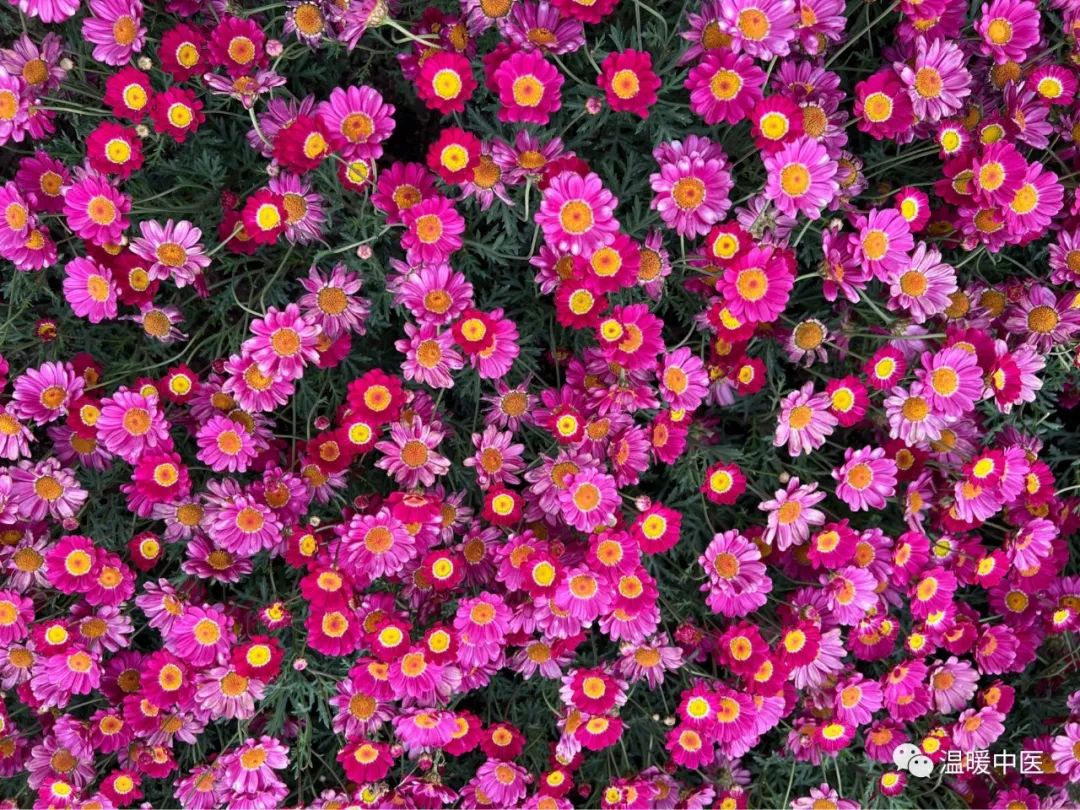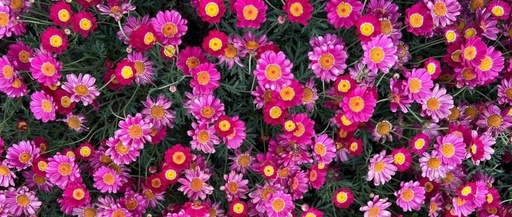
Click the blue text above to follow us

Written by: Warm TCM
Life has great aspirations, and then great achievements follow.
■
For spots on the face, traditional understanding is that they are formed by the stagnation of Qi and blood, known as blood stasis (xue yu). When we promote the flow of Qi and blood, the spots will gradually fade.
There is a specific Chinese patent medicine for spot removal called Jing Tian Qu Ban Pian (Rhodiola Spot Removal Tablets).
Jing Tian Qu Ban Pian: Rhodiola (Hong Jing Tian), Astragalus (Huang Qi), Angelica (Dang Gui), Safflower (Hong Hua), Prepared Fo-Ti (Zhi He Shou Wu), Goji Berries (Gou Qi Zi), Pearl (Zhen Zhu), Azalea (Du Juan Hua).
The most important herb in this formula is Rhodiola (Hong Jing Tian), which grows in high-altitude regions where it is not only cold but also has thin air. Many newcomers to such areas experience symptoms like palpitations, shortness of breath, chest tightness, and fatigue, feeling uncomfortable despite taking deep breaths. In other words, the pathways for gas exchange with the outside world are not smooth, especially for those with poor heart and lung function, the sensation is more pronounced. At this time, Rhodiola is often used.
We might consider that since Rhodiola can adapt to high-altitude environments, its properties are very close to those of nature. Therefore, the growing environment of Chinese herbs is sometimes very important. Using local medicinal materials from high-altitude areas to address discomfort caused by the cold climate is naturally more effective than ordinary herbs.
Moreover, looking at Rhodiola, its cross-section is a beautiful brick red color, with red and white. The white represents the lungs, and the red represents the heart, indicating that Rhodiola can regulate heart and lung function, supplying lung Qi to the heart, ensuring smooth Qi flow between the heart, lungs, and the outside world, gradually restoring energy and physical strength.
From the above description, we understand that Rhodiola tonifies Qi and promotes Qi flow. Qi deficiency and Qi stagnation are the two main causes of blood stasis. By addressing the causes of blood stasis, we can also resolve the stasis that has already formed. Because Rhodiola is red, it enters the blood aspect, thus it can also invigorate blood and resolve stasis.
Astragalus (Huang Qi) is a Qi tonic. In previous articles, we often mentioned Qi stagnation and blood stasis. In fact, blood stasis often results from Qi deficiency, which is common. Qi has a pushing effect; when Qi is insufficient, its pushing force weakens, causing blood to accumulate locally and form stasis. Additionally, there is a connection between Qi deficiency and Qi stagnation, as the movement of Qi also requires power. Therefore, when Qi is deficient, not only fluids and blood stagnate, but the Qi mechanism itself also stagnates. From any perspective, adding Astragalus is beneficial.
Angelica (Dang Gui) and Safflower (Hong Hua) mainly invigorate blood and play a supportive role. Safflower is a commonly used herb for invigorating blood and resolving stasis, focusing on dispersing blood stasis. Angelica not only invigorates blood but also nourishes blood, having a nourishing effect. It helps metabolize old stasis blood and promotes the generation of new blood to compensate for the damage caused by old blood.
Additionally, with the inclusion of prepared Fo-Ti (Zhi He Shou Wu) and Goji Berries (Gou Qi Zi), which nourish the liver and kidneys and benefit essence and blood, sufficient Qi and blood will have more strength to disperse and eliminate stasis.
Finally, there are Azalea (Du Juan Hua) and Pearl (Zhen Zhu). In ancient times, women had the habit of using flowers for beauty. Even today, when we describe someone as having a good complexion, we often unconsciously compare them to flowers. It is certain that Azalea has beautifying effects. Pearl is even more renowned; it can make the skin fair and radiant, just like the brilliance it emits, captivating all. Therefore, many beauty and skincare formulas, especially some topical formulas, almost always include pearl powder. According to Li Shizhen’s “Compendium of Materia Medica,” it is recorded: “Pearl powder applied to the face makes the skin moist and improves complexion.”
With the support of Azalea and Pearl, not only will the spots on the face fade, but the complexion will also improve.
Copyright Notice
This article was first published on the WeChat public account Warm TCM. All rights reserved. Any infringement will be pursued!


